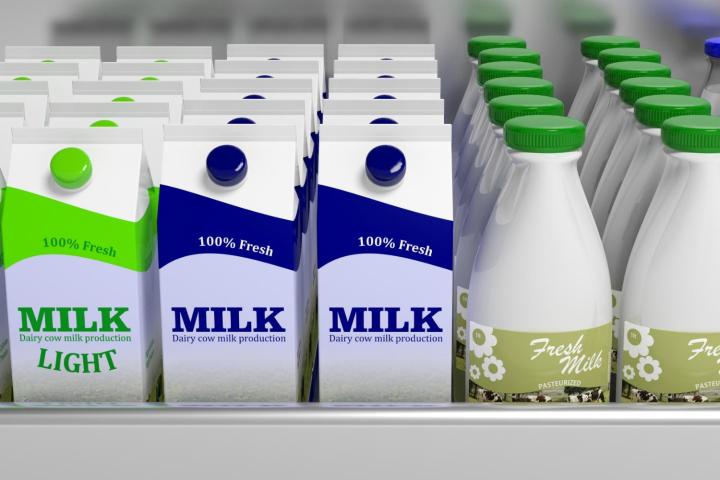
But engineers from UC Berkeley and Taiwan’s National Chiao Tung University want to change that with a 3D-printed cap that determines when milk goes bad. When bacteria starts to multiply, the 3D-printed plastic embedded with circuitry and sensors detects changes in the electrical signals when you tip the container over and slosh milk on the cap, according to the results published in the journal Microsystems & Nanoengineering. The system could also work for juice, according to the abstract.
“This 3D-printing technology could eventually make electronic circuits cheap enough to be added to packaging to provide food safety alerts for consumers,” senior author Liwei Lin, a mechanical engineering professor and co-director of the Berkeley Sensor and Actuator Center, told Berkley News.
MIT researchers published their findings on an RFID tag that would detect spoiled food last year, and an Indiegogo campaign was launched for a Foodsniffer device that could also tell when meat was going bad.
Americans throw away about $165 billion worth of food each year, according to the Natural Resources Defense Council, and any technology that detects when something is still safe to eat could help reduce all that waste. Despite the arbitrariness of expiration dates, it would still be nice to have evidence of edibleness beyond the sniff test.
Editors' Recommendations
- 3D printed cheesecake? Inside the culinary quest to make a Star Trek food replicator
- The AnkerMake M5 3D printer brings higher print speeds
- AMD teases performance of its revolutionary 3D V-cache chip
- AMD’s 3D-stacked Ryzen 7 5800X3D is ‘world’s fastest gaming processor’
- Need a last-minute Halloween costume? Check out these 3D-printable getups


